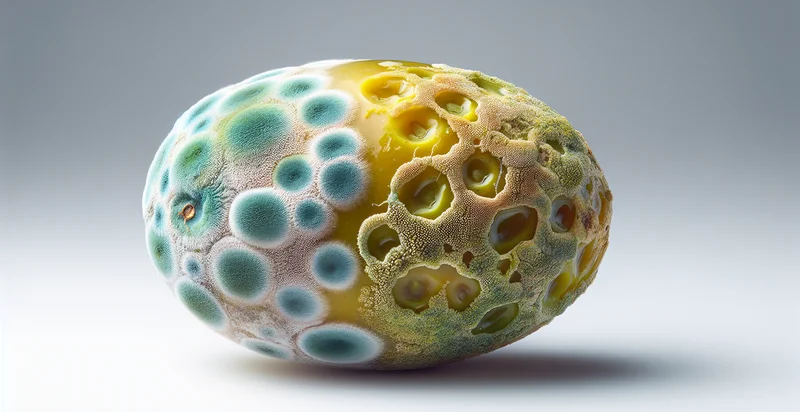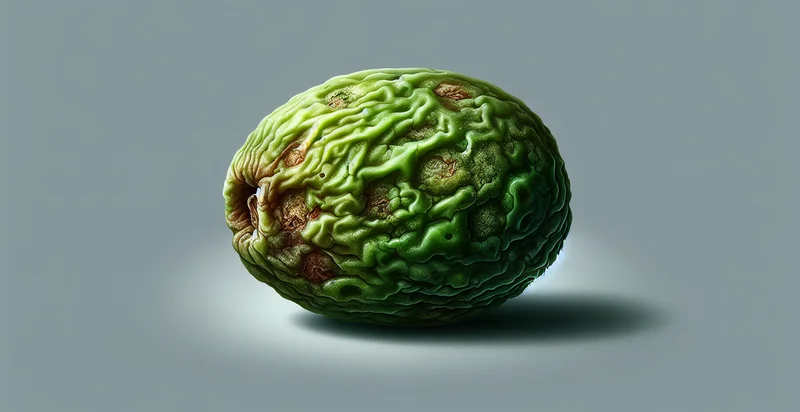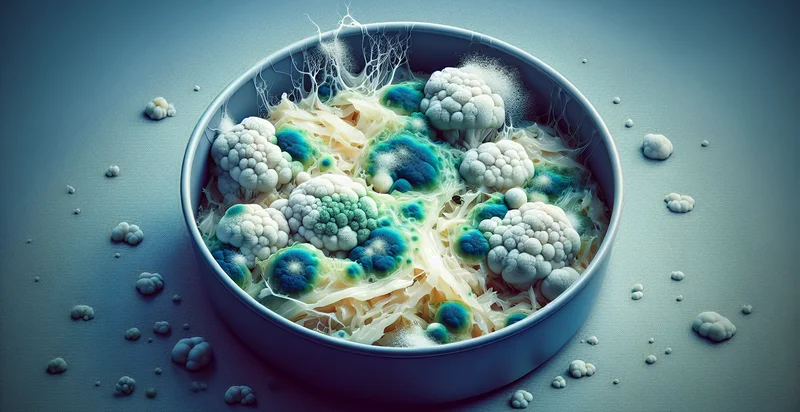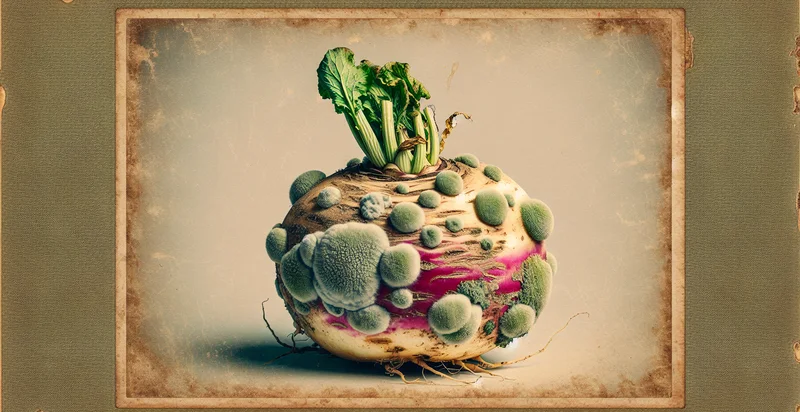Identify if olive is moldy
using AI
Below is a free classifier to identify if olive is moldy. Just upload your image, and our AI will predict if olive is moldy - in just seconds.

Contact us for API access
Or, use Nyckel to build highly-accurate custom classifiers in just minutes. No PhD required.
Get started
import nyckel
credentials = nyckel.Credentials("YOUR_CLIENT_ID", "YOUR_CLIENT_SECRET")
nyckel.invoke("if-olive-is-moldy", "your_image_url", credentials)
fetch('https://www.nyckel.com/v1/functions/if-olive-is-moldy/invoke', {
method: 'POST',
headers: {
'Authorization': 'Bearer ' + 'YOUR_BEARER_TOKEN',
'Content-Type': 'application/json',
},
body: JSON.stringify(
{"data": "your_image_url"}
)
})
.then(response => response.json())
.then(data => console.log(data));
curl -X POST \
-H "Content-Type: application/json" \
-H "Authorization: Bearer YOUR_BEARER_TOKEN" \
-d '{"data": "your_image_url"}' \
https://www.nyckel.com/v1/functions/if-olive-is-moldy/invoke
How this classifier works
To start, upload your image. Our AI tool will then predict if olive is moldy.
This pretrained image model uses a Nyckel-created dataset and has 2 labels, including Fresh Olive and Moldy Olive.
We'll also show a confidence score (the higher the number, the more confident the AI model is around if olive is moldy).
Whether you're just curious or building if olive is moldy detection into your application, we hope our classifier proves helpful.
Related Classifiers
Need to identify if olive is moldy at scale?
Get API or Zapier access to this classifier for free. It's perfect for:
- Quality Control in Food Production: The true image classification function can be integrated into olive processing plants to automatically detect moldy olives during production. By ensuring only quality olives make it to packaging, companies can reduce waste and maintain product standards.
- Supply Chain Monitoring: Retailers can utilize the classification function at various checkpoints in the supply chain to identify moldy olives before they reach store shelves. This proactive approach helps minimize customer complaints and enhances brand reputation for fresh produce.
- Inventory Management: Grocers can implement the classification system as part of their inventory management software to quickly assess the quality of olives in stock. The system would alert staff to remove moldy olives, ensuring only safe, fresh products are available to customers.
- Consumer Apps for Home Cooks: A mobile application can feature the classification function, allowing consumers to simply scan olives with their phone camera to check for mold. This empowers users to make informed choices about the produce they purchase and consume.
- Agricultural Research: Researchers can use the image classification function to study mold prevalence in olives under various environmental conditions. This data can inform better farming practices and mold prevention strategies in olive cultivation.
- Automated Sorting Systems: In olive sorting facilities, the classification function can be integrated into automated sorting machinery. This enables real-time rejection of moldy olives from batches, streamlining operations and enhancing overall efficiency.
- Compliance and Reporting: Food safety regulators can employ the classification function to inspect batches of olives during compliance checks. Accurate identification of moldy olives during audits ensures that food safety standards are met and maintained across the industry.


